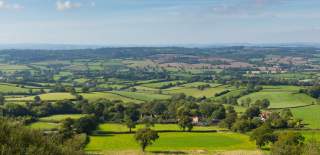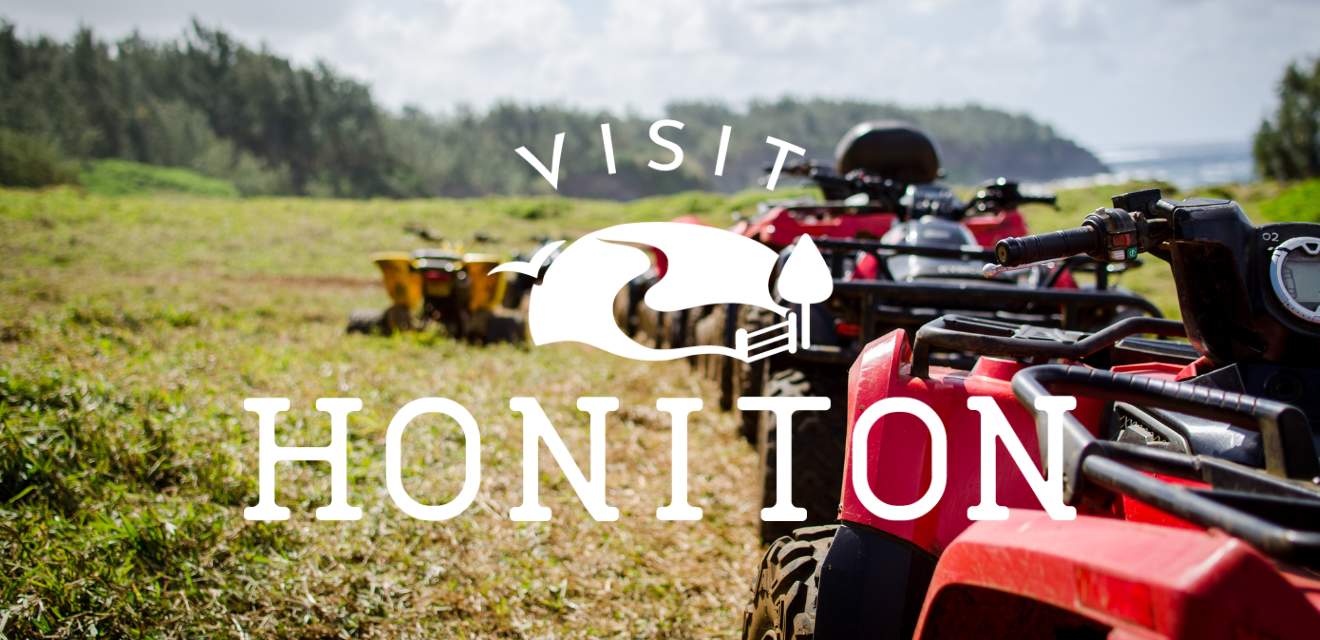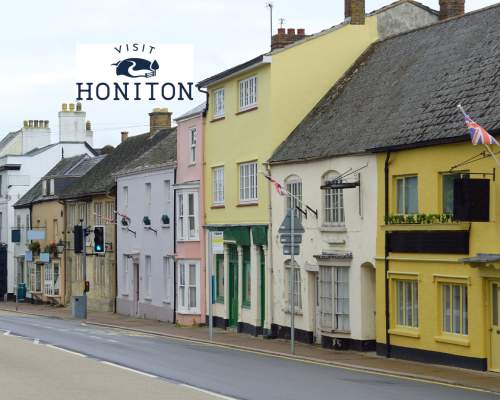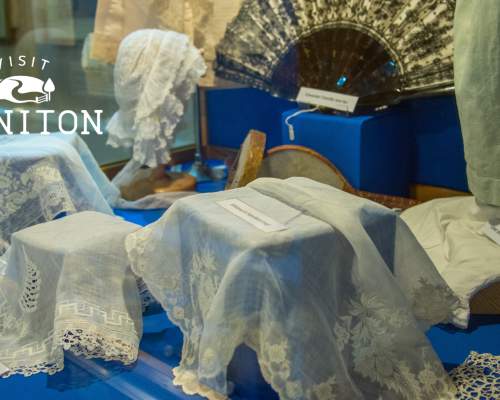Blackdown Hills Natural Landscape (AONB)
The Blackdown Hills Natural Landscape, formerly known as an Area of Outstanding Natural Beauty, straddles the border of Devon and Somerset and really showcases the best of Britain’s countryside. The area’s geology allows for a diverse variety of habitats, so you can easily spot rare plants, birds and insects while exploring.
Discover unique wildlife
The Blackdown Hills supports a rich variety of wildlife because of its diverse landscape and habitats. Whatever season you choose to visit, there will always be something to discover, just be aware to not disturb any nests or wild animals and to leave the Natural Landscape (AONB) as you found it.
Birdwatchers will have a great time exploring the Blackdown Hills, with various species like warblers, chiff chaffs, cuckoos, buzzards and kestrels, as well as butterflies and bats. There are also some fantastic woodland areas and great views across the Natural Landscape (AONB). Combe Woods is a really good walking route for seeing wildflowers and a variety of habitats. The Natural Landscape (AONB) is also the perfect place for experiencing clear night skies due to the lack of light pollution - ideal for the stargazers among you.
Discover East Devon’s history
One of the reasons why the Blackdown Hills are protected is because of the incredible archaeological finds that have been uncovered there. Across the Natural Landscape (AONB), you can find iron age hill forts, evidence of the Roman occupation and a number of medieval buildings that remain to this day.
The Blackdown Hills also contains remains from WWII. Three airfields were constructed in the area, and these, as well as a range of structures, including pillboxes can still be found across the Natural Landscape (AONB).
Walking and cycling
There are a host of walks to explore and enjoy across the Blackdown Hills. Find a host of suggestions for both walking and cycling routes here.
Horse riding is also a popular activity on the Blackdown Hills, please leave gates as you find them, ride slowly past livestock and do not stray off the line of the route. Hooves can cause damage to surfaces in bad weather, so please do not jump hedgerows and pay heed to walkers, cyclists and other riders.
Enjoy the Blackdown Hills responsibly
It is important to maintain the AONB so that future generations can also enjoy it. When visiting the Blackdown Hills, remember the following:
- Take all your litter home
- Do not use BBQs or lanterns
- Keep dogs under control and on a lead around farmland and areas there may be wildlife.
- Leave gates as you find them
- Keep to footpaths
- Follow instructions set out on signage around the AONB
- Be prepared for the weather and wear sensible cloths and shoes for the time of year.
- Ticks can be found on the hills, so if exploring long grass, tuck your trousers into your socks and be sure to check yourselves and dogs or horses for ticks on your return.
You can find copies of the Countryside Code here to help you during your visit.
Bringing your dogs to the Blackdown Hills
Dogs are welcome to enjoy the AONB as much as their owners, but to make it a great place for everyone, make sure to follow the below.
- Make sure your dog is on a lead when around livestock, you do not need to have your dog on a lead on public paths away from farm land as long as they are under control and have good recall.
- Pick up dog’s mess
- Keep your dog on a lead while on open land from March until the end of July to keep ground nesting birds safe and undisturbed.
Discover more with our blogs
Top things to do in Honiton and East Devon
- 3 minute read
With the abundance of countryside surrounding it, Honiton is a great place to visit in the Spring. You’ll be able to watch the new lambs, hear the birds singing and even see the spring flowers by exploring the Blackdown Hills and the surrounding countryside. If you’re planning to spend some time in…
Learn MoreSpring walks in Honiton
- 3 minute read
Heading to East Devon this spring? Make sure to see the best of the season with these spring walks around Honiton – perfect for getting to spot those incredible spring flowers which are starting to spring up everywhere. Whether you’re looking to head out now to find daffodils and snow drops, or you…
Learn MoreWhere to enjoy nature in East Devon
- 3 minute read
February is here already which means that it will be spring in no time! If you want to see the seasons change while exploring Honiton and the wider East Devon area, here are some suggestions to help you spy the first inklings of spring, the changing plantlife and even the new birds, lambs and…
Learn MoreVictorian pottery found in Honiton sold for over £9,000
- 1 minute read
A piece of pottery donated to a charity shop in Honiton has sold at auction for just under £10,000 – reaching a total of £9,800. The piece was described as an antique spoon warmer, which was popular during the Victorian era to keep serving spoons warm. It was discovered that the pottery was created…
Learn MoreHow much do you know about Honiton’s Lace making history?
- 2 minute read
Honiton is famous for its lace, so much so that it was used to create Queen Victoria’s wedding gown. Were you aware of just how special Honiton lace is? Here’s everything you need to know. Honiton lace is a type of lace known as bobbin lace, which is made by braiding and twisting lengths of thread…
Learn More







